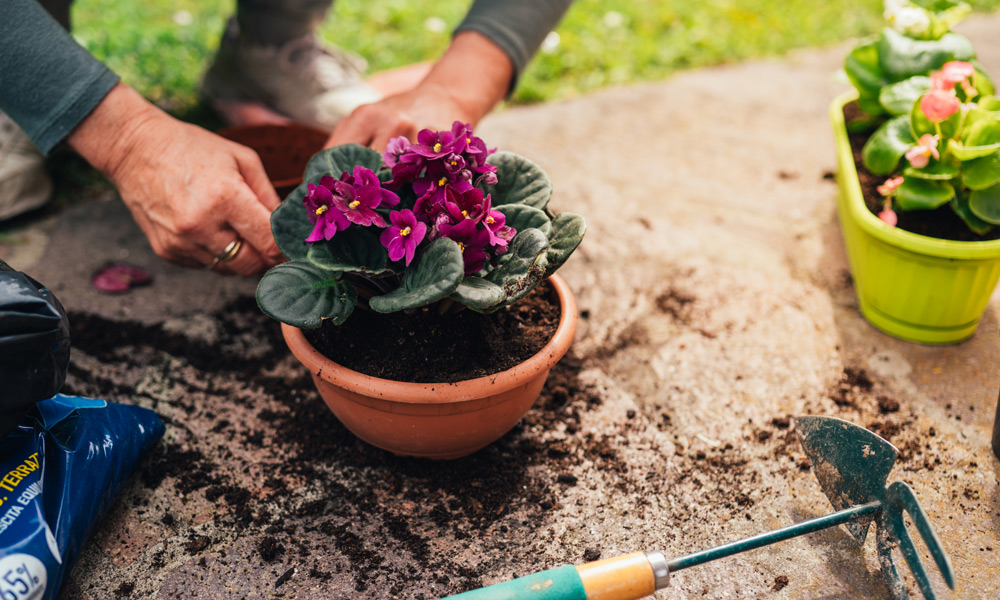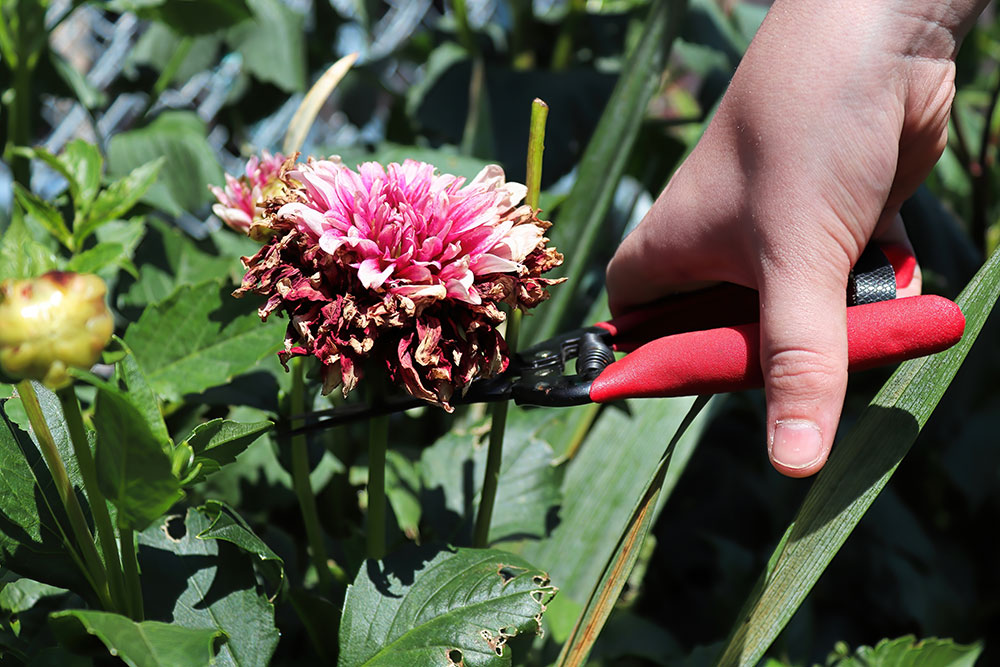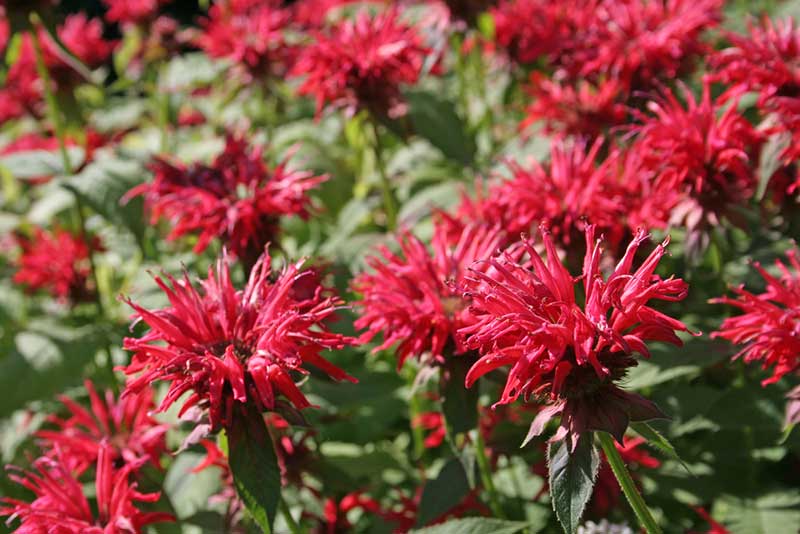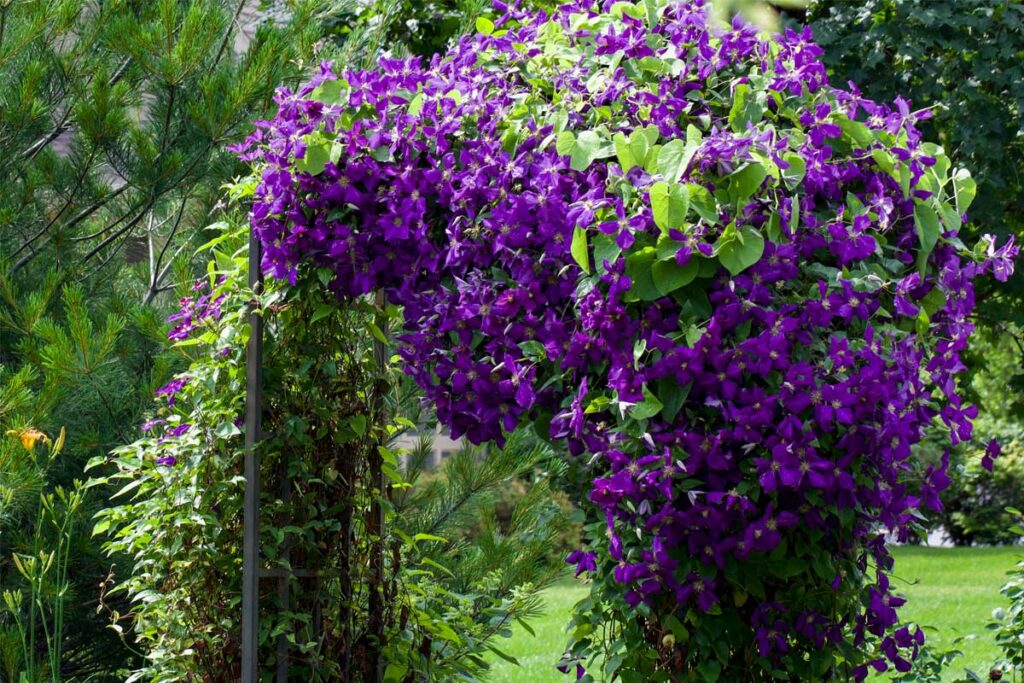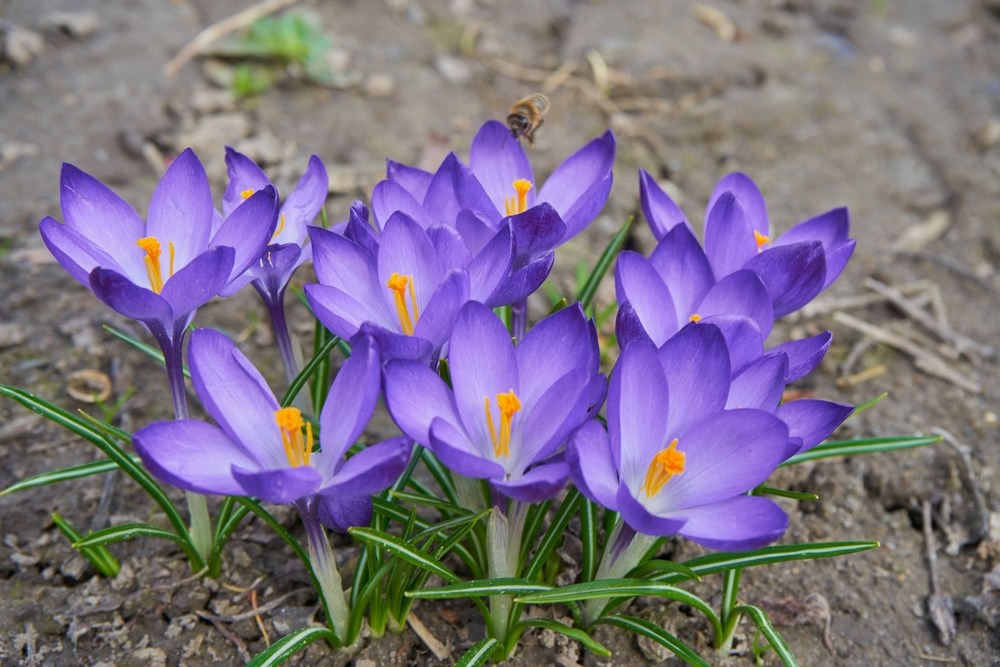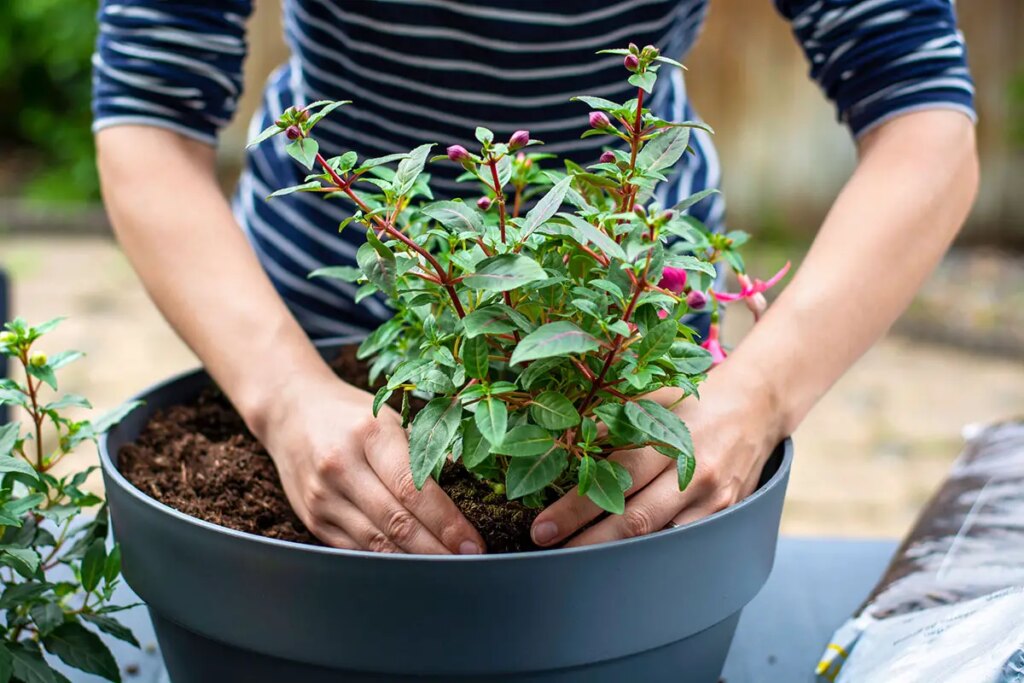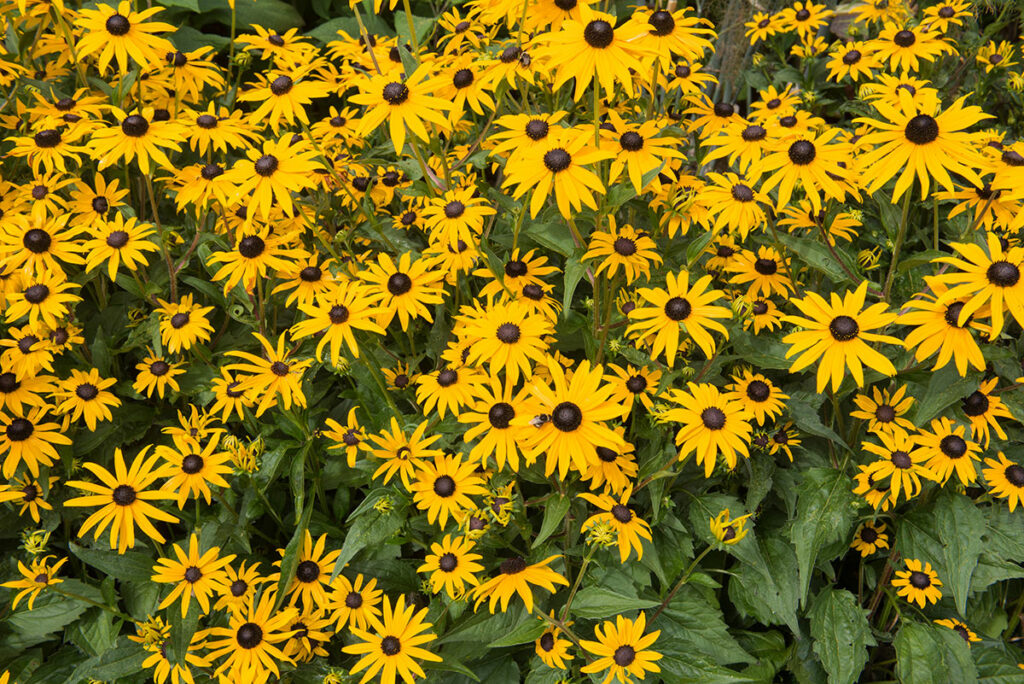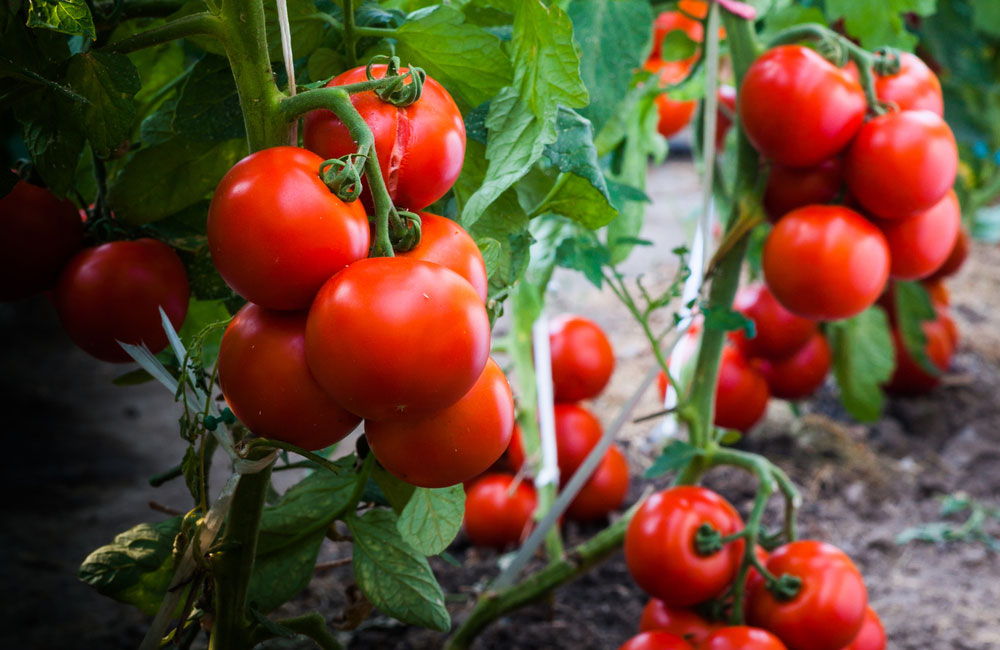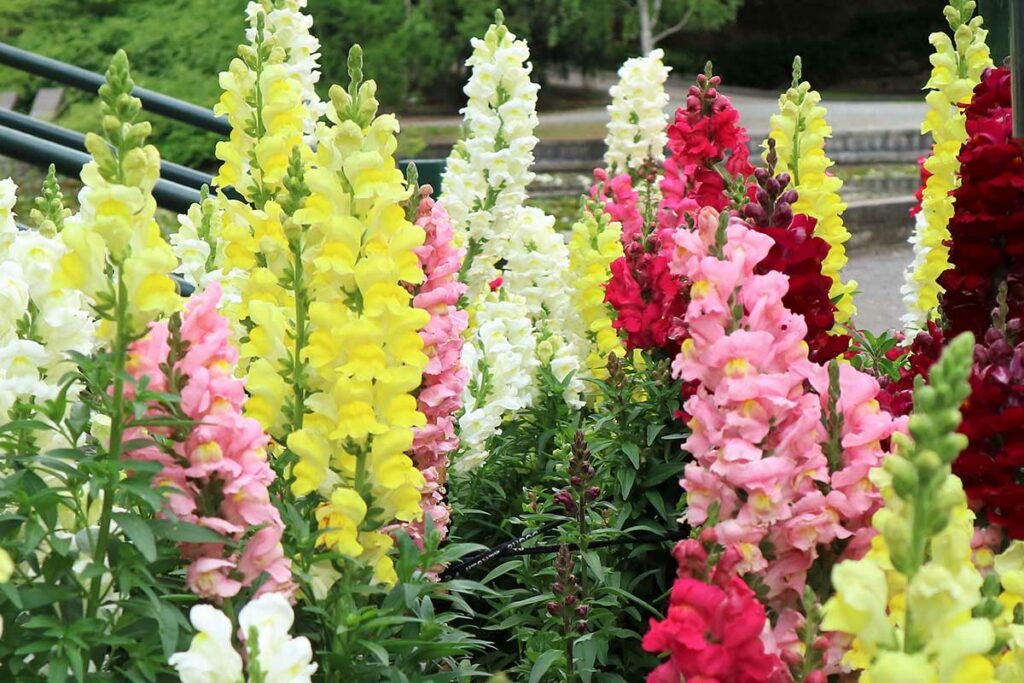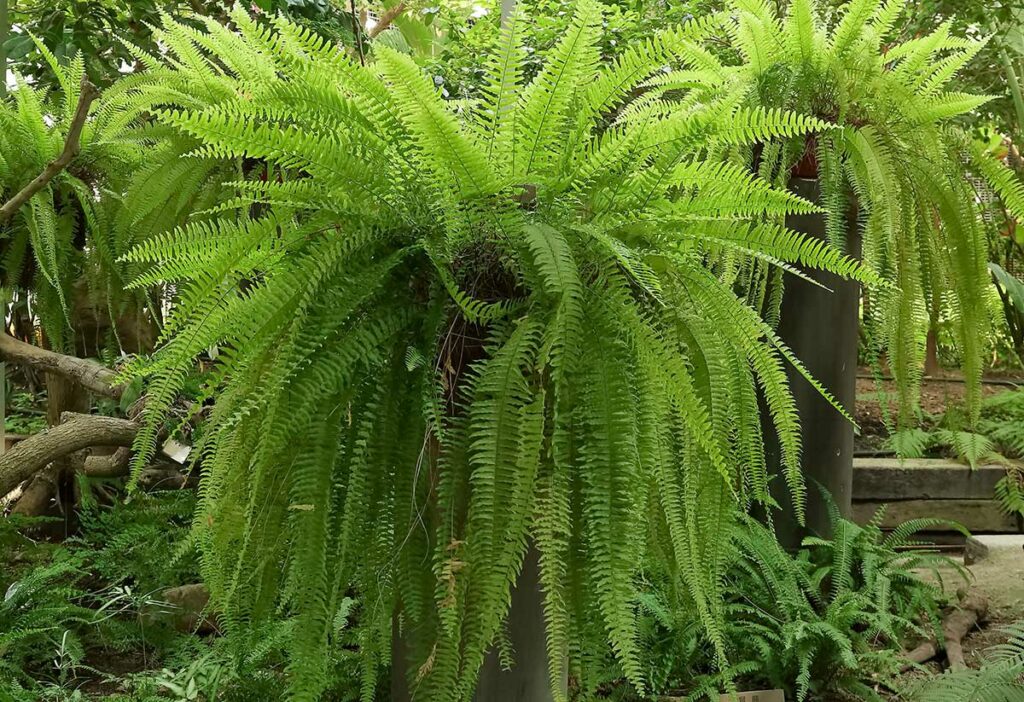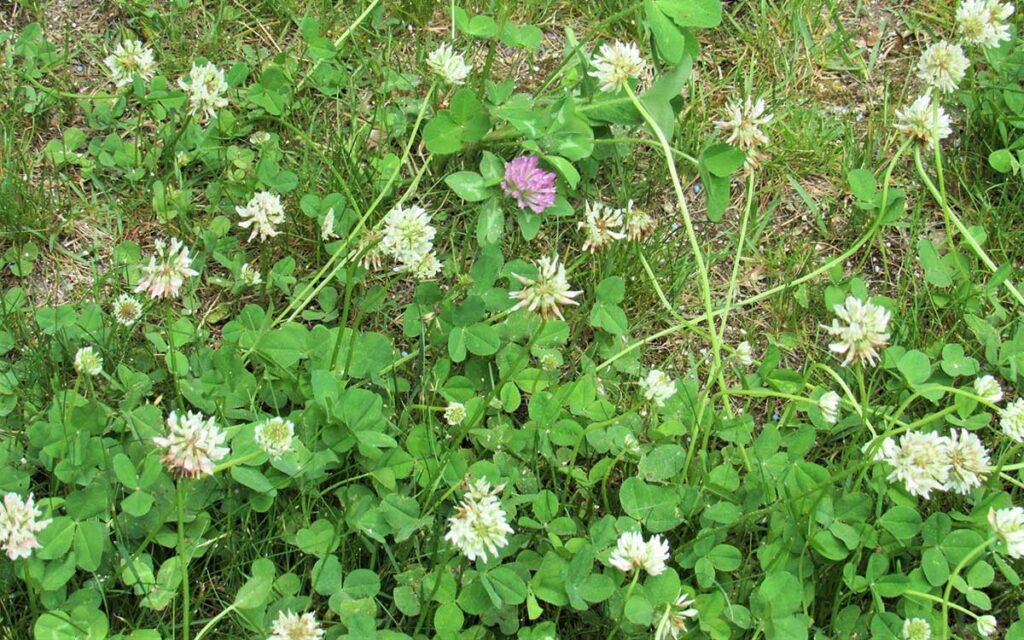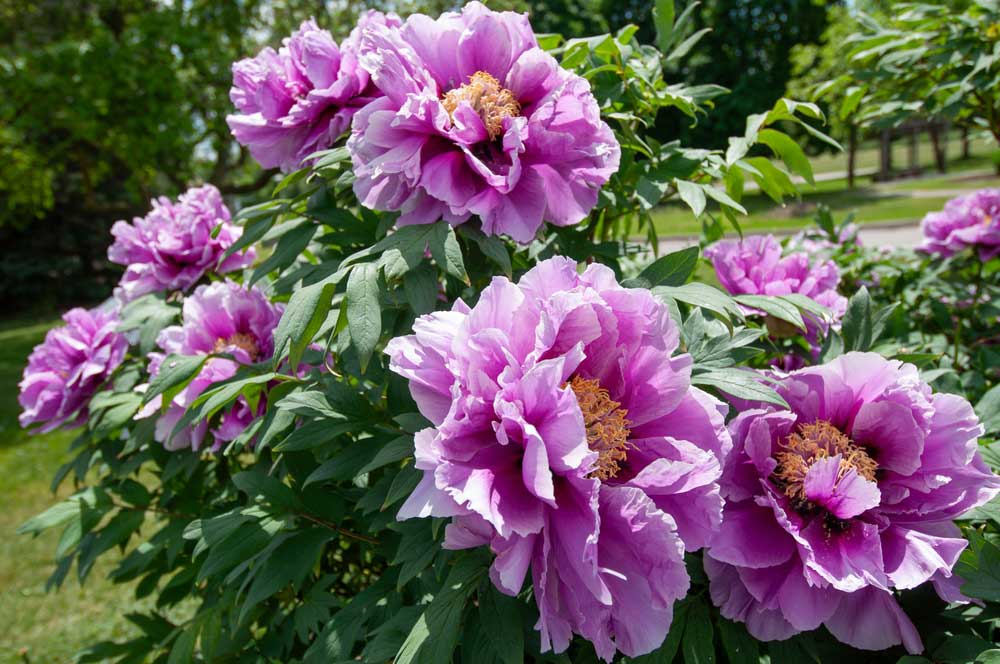
There’s nothing quite like the excitement of planting something new and then checking it every few days for signs of buds. But here’s where many gardeners set themselves up for disappointment: we often choose plants without understanding their natural blooming timeline, then wonder why our “flower garden” looks more like a green leafy collection.
The gardening world is full of instant gratification seekers who abandon perfectly healthy plants that are simply following their biological clock. Meanwhile, others miss out on gorgeous bloomers that could be putting on a show within weeks of planting!
Understanding when plants bloom isn’t just about managing expectations – it’s about creating a garden that delivers color when you want it.
Some plants are investing years in building strong root systems and sturdy frameworks before they’ll even consider flowering. Others are programmed to bloom quickly as part of their survival strategy.
Whether you’re the patient type who enjoys the anticipation of waiting for a spectacular future display, or someone who needs flowers this season to feel successful, today’s guide will help you choose plants that match your timeline and temperament.
The 5 Plants That Take Years to Bloom (Practice Your Patience!)
1. Wisteria (Wisteria sinensis and other species)
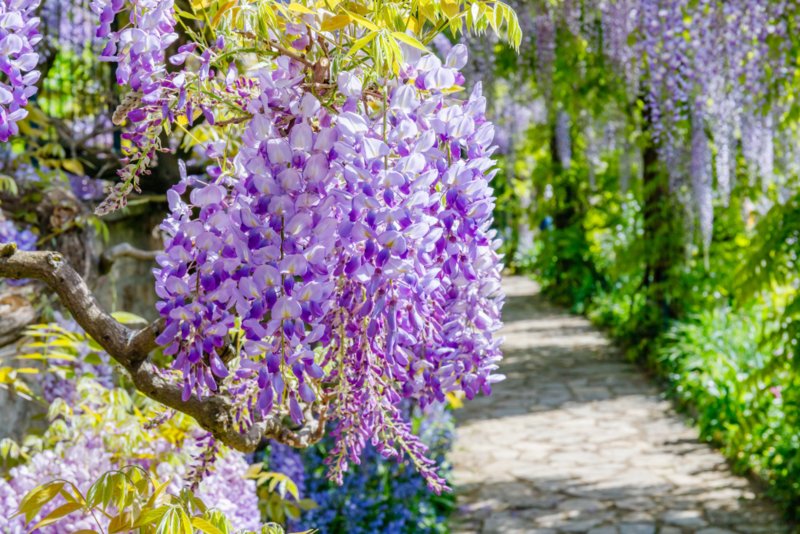
If you’ve planted a wisteria vine and spent the first few seasons wondering when you’ll see those stunning cascades of purple or white flowers, you’re not alone!
Wisteria is famous for taking its sweet time – typically 3-7 years before producing significant blooms, and sometimes up to 10 years when grown from seed.
But why does wisteria take so long? These vigorous vines are putting all their energy into establishing extensive root systems and woody framework during their early years. Think of it as investing in infrastructure before the grand opening!
What to expect in the meantime: Lots of lush green growth, rapid vine extension, and maybe a few scattered flower clusters after year three. Don’t be tempted to over-fertilize thinking it will speed up blooming – excess nitrogen encourages more leaf growth at the expense of flowers.
The waiting game payoff: Once mature wisteria begins blooming, the display is absolutely breathtaking. Those dramatic drooping clusters of fragrant flowers are worth every year of patience, and the vine will bloom reliably for decades once established.
Encouragement tip: Choose grafted wisteria varieties rather than seedlings if you want faster results. Grafted plants typically bloom 2-3 years sooner than those grown from seed.
2. Tree Peonies (Paeonia suffruticosa)
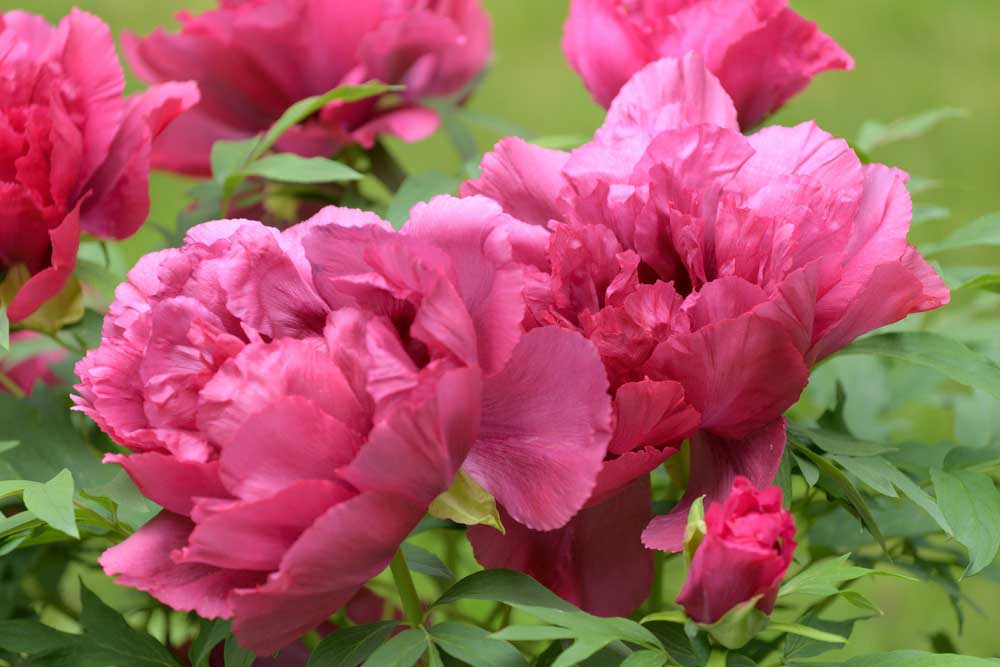
Tree peonies are the royalty of the peony world, producing enormous, often fragrant flowers that can reach 8-10 inches across. However, these magnificent plants require 3-5 years to establish before they begin their serious blooming career.
Why the wait? Tree peonies are actually shrubs, not trees, and they’re building woody stems and deep root systems that will support their heavy, spectacular blooms. Unlike herbaceous peonies that die back each winter, tree peonies keep their woody structure and add to it each year.
Early years expectations: The first few years, you might see one or two flowers, if any. This isn’t failure – it’s normal development! The plant is establishing itself and will increase flower production dramatically once mature.
Long-term reward: A well-established tree peony can live for decades and produce 50+ blooms per season. The flowers often feature intricate color patterns and textures that rival any exotic orchid.
Care during waiting period: Keep tree peonies consistently watered but never soggy, provide morning sun with afternoon protection, and resist the urge to move them once planted. They hate being disturbed.
3. Magnolia Trees (Magnolia species)
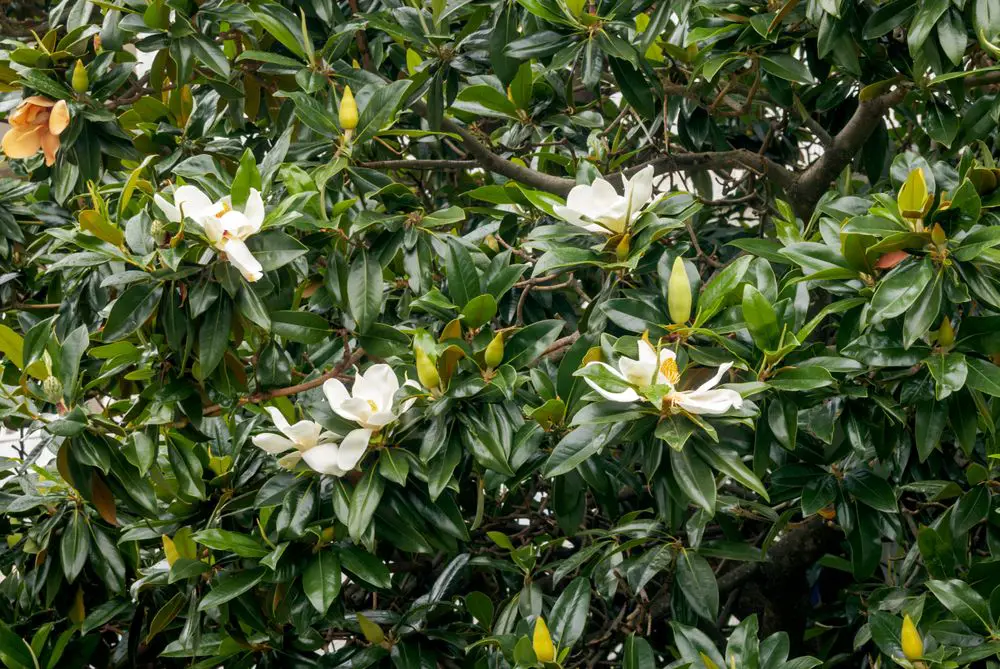
Magnolia trees grown from seed can take 10-20 years to bloom, though grafted varieties typically flower in 3-7 years. This extended timeline often surprises new gardeners who expect their landscape trees to provide immediate floral impact.
The establishment phase: Young magnolias focus entirely on developing their root systems and trunk structure. During this time, they may grow vigorously in height but show no signs of flower bud formation.
Species variations: Some magnolias, like Star Magnolia, tend to bloom younger, while Southern Magnolias can take the longest to reach flowering maturity. Research your specific variety for more precise expectations.
Size relationship: Interestingly, magnolias often begin blooming once they reach a certain size rather than a specific age. This is why proper care and growing conditions can influence blooming timeline.
Worth the wait factor: Magnolia blooms are among the most spectacular in the tree world – large, often fragrant, and appearing before the leaves in many species, creating stunning early spring displays.
4. Hibiscus (Hibiscus moscheutos – Hardy Hibiscus)
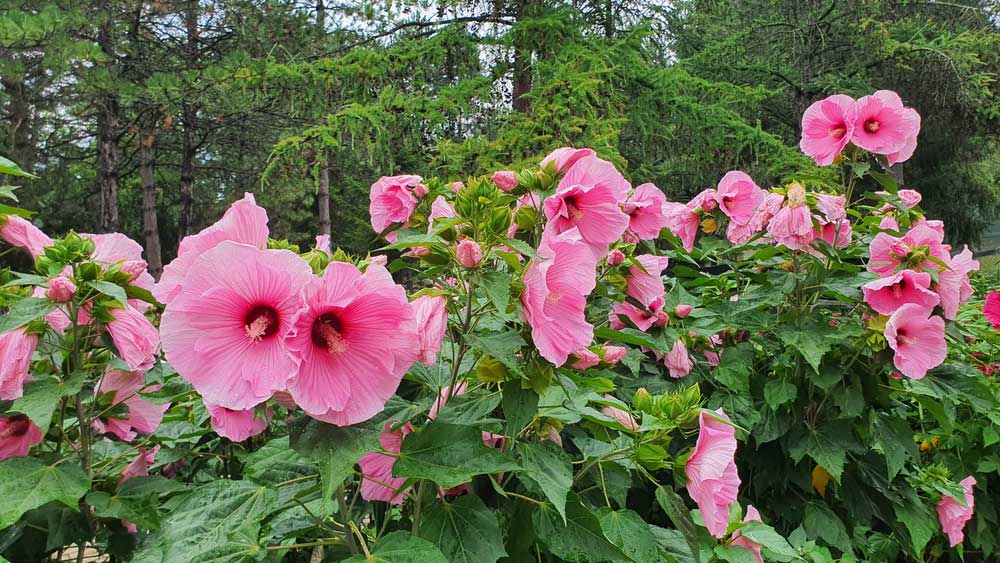
While tropical hibiscus can bloom quickly, hardy hibiscus grown from seed typically takes 2-3 years to reach full blooming potential. This surprises many gardeners who expect the dinner-plate-sized flowers immediately.
Root development priority: Hardy hibiscus develops extensive root systems that can support the large, water-hungry blooms. The first year or two, most energy goes underground rather than into flower production.
Climate considerations: In colder climates, hardy hibiscus emerges very late in spring (sometimes not until June), which can make new gardeners think the plant has died. This late emergence is normal and doesn’t indicate problems.
Bloom size progression: First-year hibiscus flowers (if any appear) are typically much smaller than the mature plant will produce. Full-sized blooms develop as the plant establishes.
Patient gardener rewards: Mature hardy hibiscus produces dozens of 6-10 inch flowers throughout late summer and fall, creating spectacular displays that last for months.
5. Lavender (Lavandula species from seed)
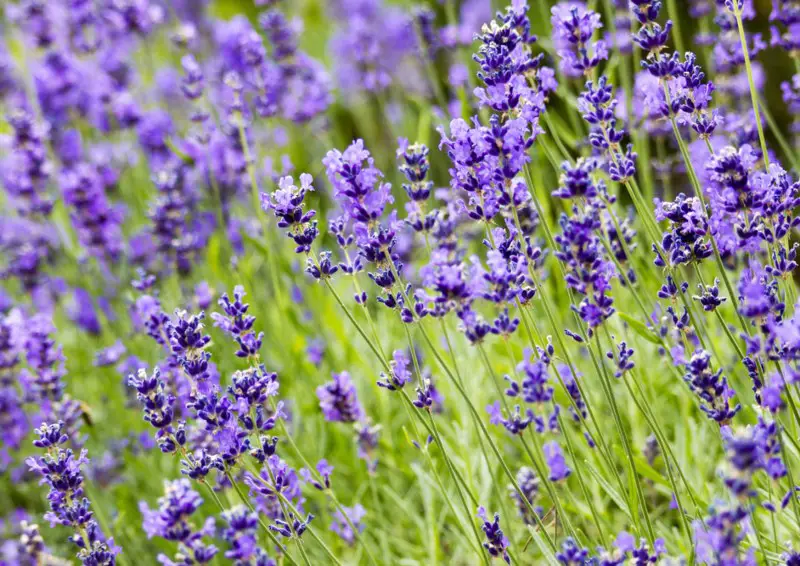
While you can buy blooming lavender plants at the nursery, growing lavender from seed requires patience. Most varieties take 2-3 years to develop into substantial blooming plants, with the first year often producing only modest growth.
Mediterranean timeline: Lavender evolved in Mediterranean climates with dry summers and mild winters. This background means they’re programmed for slow, steady establishment rather than quick flowering.
Root versus shoot development: First-year lavender puts significant energy into developing drought-tolerant root systems. The above-ground growth often looks sparse while this underground development occurs.
Climate adaptation period: Lavender needs time to adapt to your specific growing conditions. Plants that struggle the first year often thrive in subsequent seasons once they’ve acclimated.
Fragrance development: Interestingly, lavender’s essential oil production and fragrance intensity often improve with plant age. Older, well-established plants typically produce more aromatic flowers.
The 5 Quick Bloomers You’re Missing (Flowers This Season!)
1. Marigolds (Tagetes species)
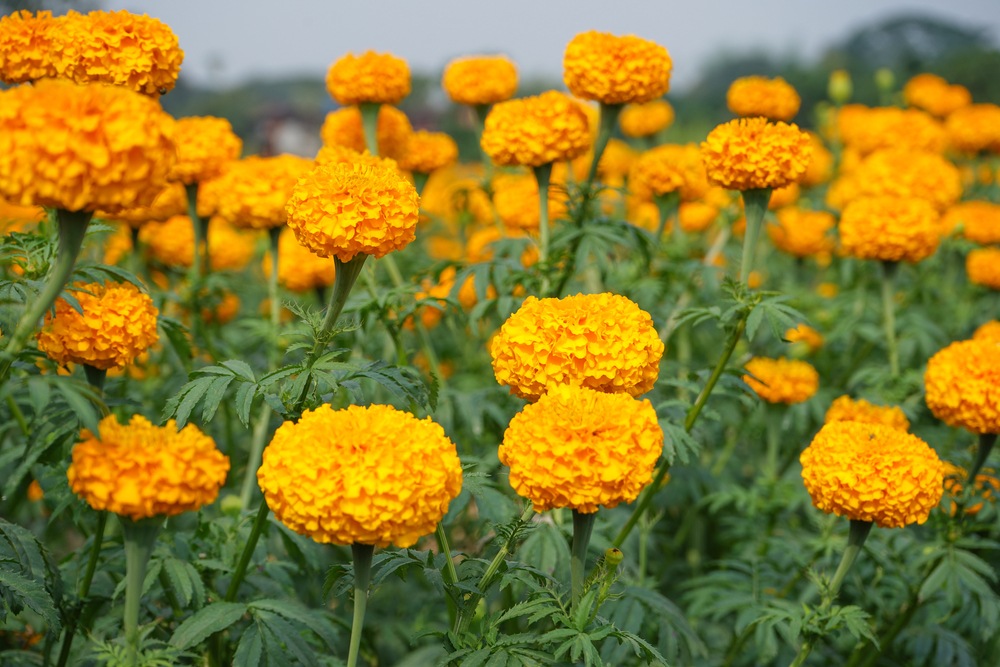
Marigolds are the speed demons of the flower world, typically blooming within 45-50 days from seed. These cheerful annuals provide almost instant gratification for impatient gardeners who want color fast.
Rapid development: From germination to first flowers, marigolds move through their life cycle quickly and efficiently. You can start seeds indoors in early spring and have blooming plants ready for transplant in just 6-8 weeks.
Continuous performance: Unlike many quick bloomers that have short flowering periods, marigolds continue producing flowers until frost if you keep them deadheaded and well-watered.
Variety options: From tiny gem marigolds perfect for borders to giant African varieties with dinner-plate blooms, there’s a marigold for every garden style and space.
Bonus benefits: While providing quick color, marigolds also offer pest-deterrent properties and can be planted throughout the vegetable garden for natural pest control.
2. Nasturtiums (Tropaeolum majus)
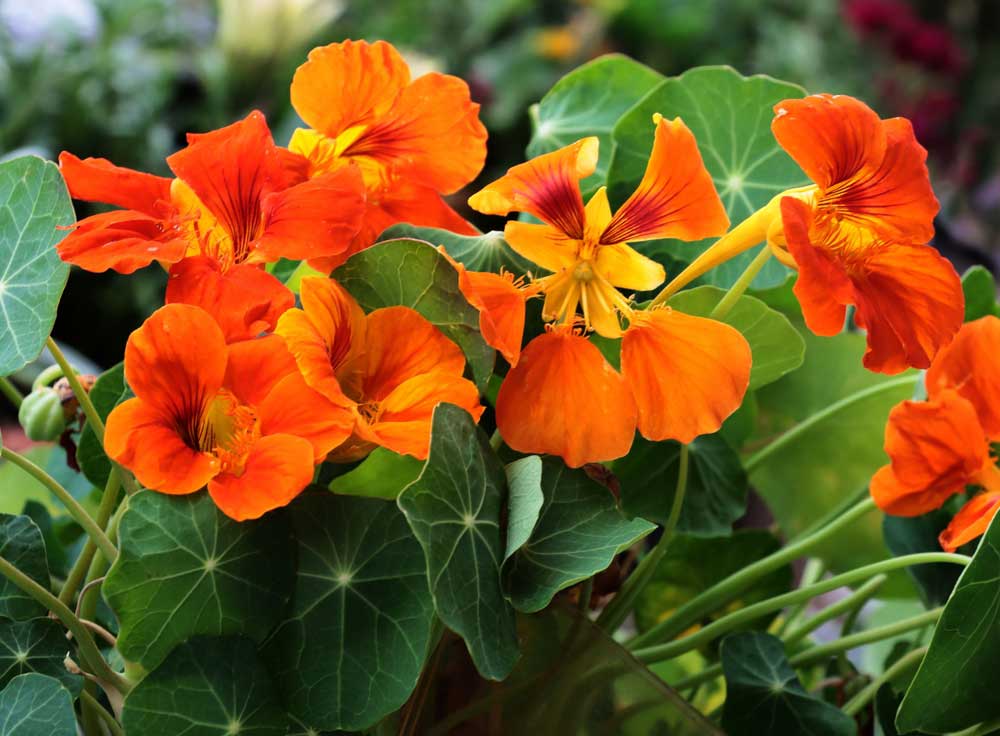
Nasturtiums are wonderfully fast bloomers that provide edible flowers within 35-45 days of planting. These climbing or trailing annuals offer both beauty and culinary value.
Poor soil advantage: Unlike many plants, nasturtiums bloom better in poor soil. Rich, fertile conditions encourage leaf growth at the expense of flowers, so don’t pamper these beauties!
Edible appeal: Both flowers and leaves are edible with a peppery, watercress-like flavor. This makes nasturtiums perfect for gardeners who want quick results they can use in salads and cooking.
Self-seeding habit: While nasturtiums are annuals, they often self-seed readily, providing volunteer plants the following year for even quicker establishment.
Companion planting value: Fast-growing nasturtiums make excellent companion plants in vegetable gardens, providing quick ground cover while attracting beneficial insects.
3. Sweet Alyssum (Lobularia maritima)
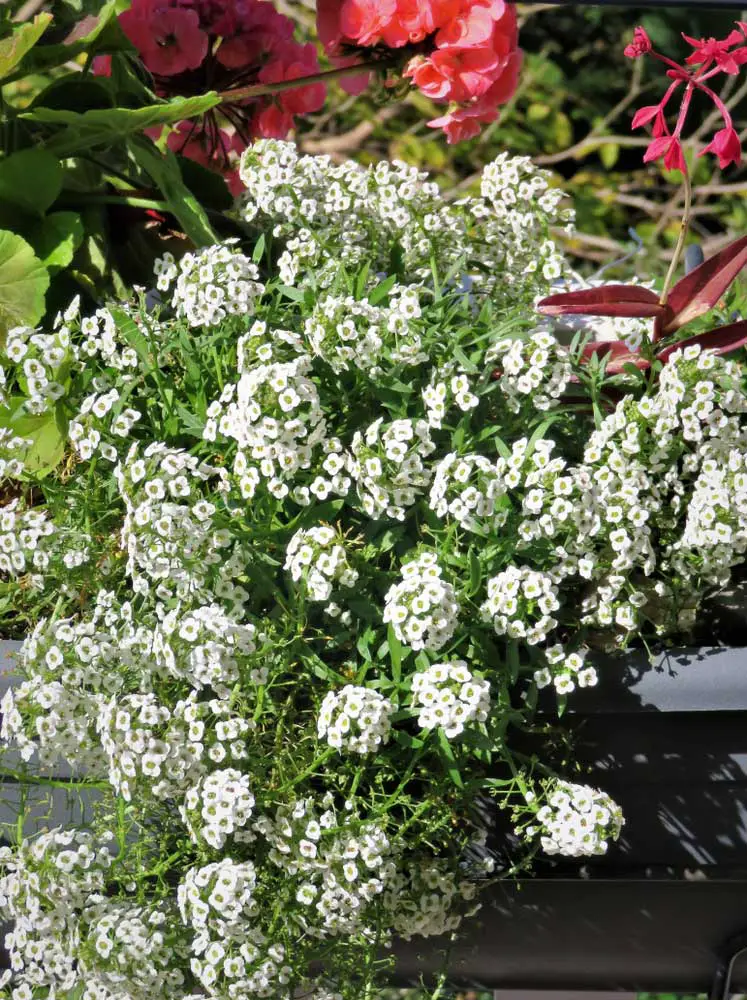
Sweet alyssum produces clouds of tiny, fragrant flowers within 40-50 days from seed. These low-growing annuals are perfect for creating quick carpets of color in borders and containers.
Cool weather preference: Sweet alyssum thrives in cool spring and fall weather, making it perfect for early season color when many other annuals are still getting established.
Fragrance factor: The honey-like fragrance of sweet alyssum flowers adds another dimension to quick garden displays, especially noticeable in the evening.
Heat tolerance varieties: While traditional sweet alyssum slows down in hot weather, newer heat-tolerant varieties continue blooming through summer in most climates.
Ground cover speed: Sweet alyssum spreads quickly to create living mulch around taller plants, providing both beauty and practical garden benefits.
4. Zinnias (Zinnia elegans)
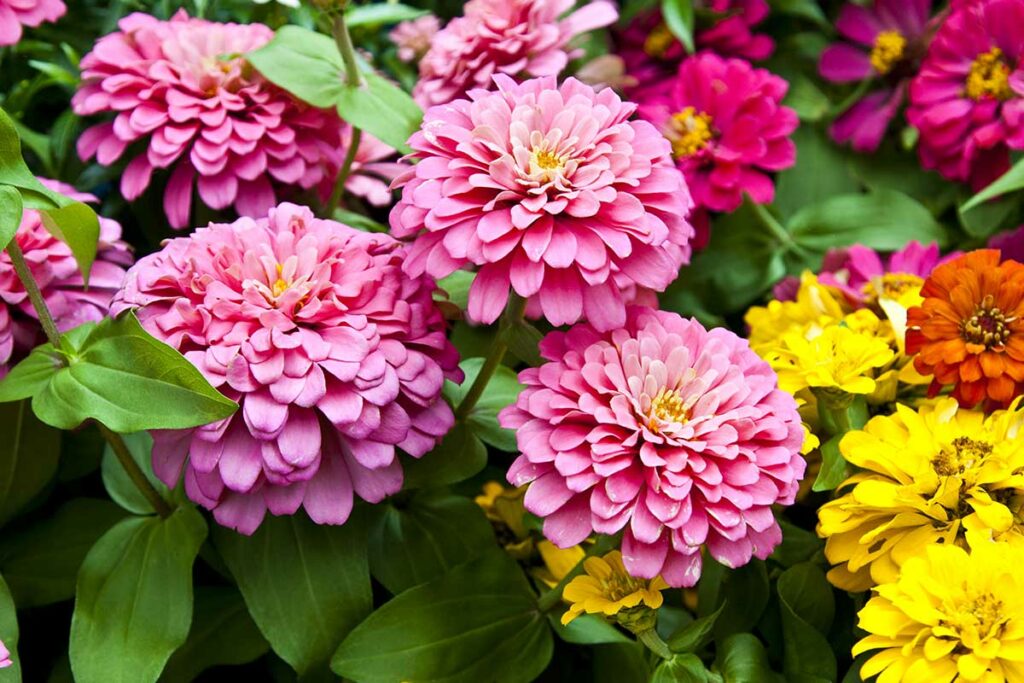
Zinnias are reliable quick bloomers that produce their first flowers 50-60 days from seed. These sturdy annuals come in an amazing array of colors and sizes, all with the same speedy blooming habit.
Heat tolerance: Unlike many quick-blooming annuals that struggle in hot weather, zinnias love heat and bloom most prolifically during the hottest summer months.
Cut flower value: Zinnias make excellent cut flowers, encouraging more blooms when harvested regularly. This creates a positive cycle of more cutting leading to more flowers.
Pollinator magnets: Fast-blooming zinnias quickly attract butterflies, bees, and other beneficial insects to the garden, providing ecological benefits along with beauty.
Variety range: From dwarf border types to giant dahlia-flowered varieties, zinnias offer quick-blooming options for every garden style and color preference.
5. Calendula (Calendula officinalis)
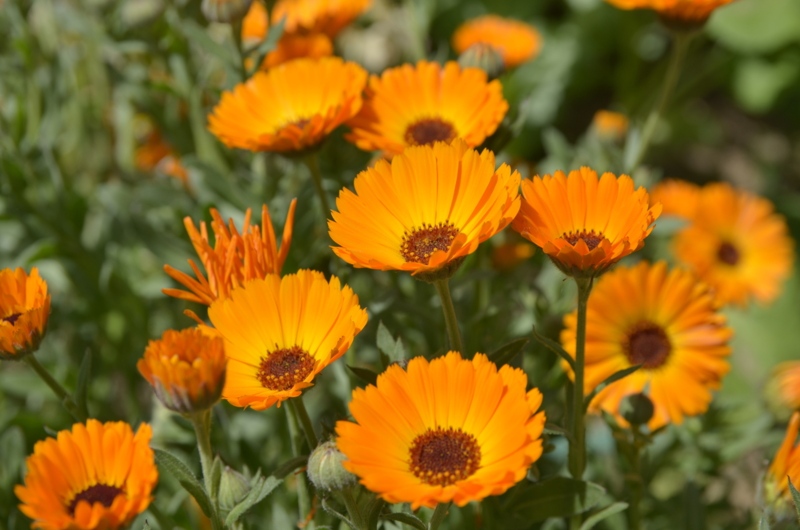
Calendula, also known as pot marigold, blooms within 45-55 days from seed and continues flowering through cool weather that stops many other annuals. These cheerful flowers provide reliable quick color.
Cool season champion: Calendula performs best in cool spring and fall weather, making it perfect for extending the blooming season when other quick bloomers have finished.
Medicinal value: Beyond quick beauty, calendula flowers have traditional medicinal uses for skin care, adding practical value to their ornamental appeal.
Self-seeding reliability: Calendula self-seeds readily in most gardens, ensuring volunteer plants for even quicker establishment in subsequent years.
Edible flowers: Like nasturtiums, calendula flowers are edible and add bright color to salads and other dishes, providing culinary value along with garden beauty.
Managing Blooming Expectations: Garden Planning Strategies
Understanding plant blooming timelines helps create gardens that provide satisfaction at every stage:
Mixed timeline approach: Combine quick bloomers with long-term investments. Plant fast annuals around young perennials and shrubs that will take time to establish.
Seasonal succession: Use quick-blooming annuals to provide color while waiting for perennial gardens to mature and hit their stride.
Realistic expectations: Research blooming timelines before purchasing plants. This prevents disappointment and helps you choose varieties that match your patience level and garden goals.
FAQ: Timing Your Garden for Success
Q: Can I speed up blooming in slow-to-flower plants?
Generally, no – and trying often backfires. Over-fertilizing can delay blooming by encouraging excessive leaf growth. The best approach is providing optimal growing conditions and letting plants follow their natural timeline.
Q: Why do nursery plants bloom immediately while my seeds take longer?
Nursery plants are typically 6 months to several years old when sold, so they’ve already completed their establishment phase. Seed-grown plants must go through this entire development process.
Q: What’s the fastest way to get established perennial gardens?
Buy larger, more mature plants rather than starting from seed, and choose varieties known for first-year blooming like rudbeckia, coreopsis, and some salvias.
Q: Do environmental factors affect blooming timelines?
Definitely! Stress factors like drought, poor soil, or inadequate light can delay blooming. Conversely, optimal conditions may encourage earlier flowering in some species.
Q: How can I maintain interest while waiting for slow bloomers to establish?
Interplant with annuals, use attractive foliage plants, and focus on garden structure with paths, arbors, and seasonal containers that provide immediate visual interest.

